May 18, 2025 | 14:06 GMT +7
May 18, 2025 | 14:06 GMT +7
Hotline: 0913.378.918
May 18, 2025 | 14:06 GMT +7
Hotline: 0913.378.918
Ca Mau Province is a naturally advantageous land that is rich in both economically valuable products and the cultural characteristics of an alluvial region. As a result, the province has earned the title of the "land of golden forests and silver seas."
This abundance and fertility have created a unique and rich forest ecosystem, unmatched by other regions. With significant potentials and strengths, residents of the mangrove areas in Ngoc Hien District have utilized local forest areas to develop their economy. Notably, several households have improved their wealth considerably.
Born in the distant North, Nguyen Duc Toan, an officer currently stationed at a forest protection management board in Ngoc Hien district, relocated southwards to establish a career. For several decades, he has built a deep connection with the remote region at the southernmost tip of the country. He regards the local forests as his lifeblood, the foundation of his life that has sustained him through multiple years.
"When I first left the North to come here, I was a fresh university graduate in my early twenties, completely unfamiliar with Ca Mau Province and Ngoc Hien District. All of my knowledge comes from poems describing the area as a land of mosquitoes, snakes, centipedes, and dense, wild forests. However, after joining the forest management board and patrolling the forest daily, I grew to love the natural beauty of the region and developed a strong connection with Ca Mau over the years. This land has since become my second home, and I deeply appreciate the honest, warm, and kind-hearted people who live here," Officer Toan shared about his connection to the land of Ca Mau.

The mangrove forests in Ca Mau province are naturally advantageous, with various products possessing high economic value. Photo: Trong Linh.
Regarding the mangrove ecosystem at Mui Ca Mau, Nguyen Duc Toan explained that the area comprises young alluvial flats, where the surface is formed by sedimentary materials carried by rivers and deposited in the coastal marine environment before transitioning to a coastal swamp environment. The alluvial flats of Mui Ca Mau experience a unique tidal regime due to the confluence of two seas with different tidal patterns.
"The eastern coast experiences an irregular semi-diurnal tide, with tidal amplitudes ranging from 2.5 to 3 meters, while the western coast falls within a diurnal tide zone, where tidal amplitudes during high tides range from 1 to 1.5 meters. The eastern tides push water deep inland, whereas the western tides pull the water out to sea. This advantageous tidal pattern supports the growth and reproduction of marine species such as clams, cockles, mussels, and snails, resulting in high economic value," Officer Toan added.
Pointing towards the alluvial flats from a distance, Officer Toan noted how the mangrove trees, with their specialized root systems and high salt tolerance, are the first species to colonize the newly formed mudflats, creating dense forests along river mouths. These trees reduce the intensity of tidal waves, thereby accelerating the accumulation of alluvial soil and raising the ground level. The annual shedding of plant material further contributes to the rapid elevation of the soil. After the ground stabilized, other plant species joined in the natural growth and development of the mangrove forests.
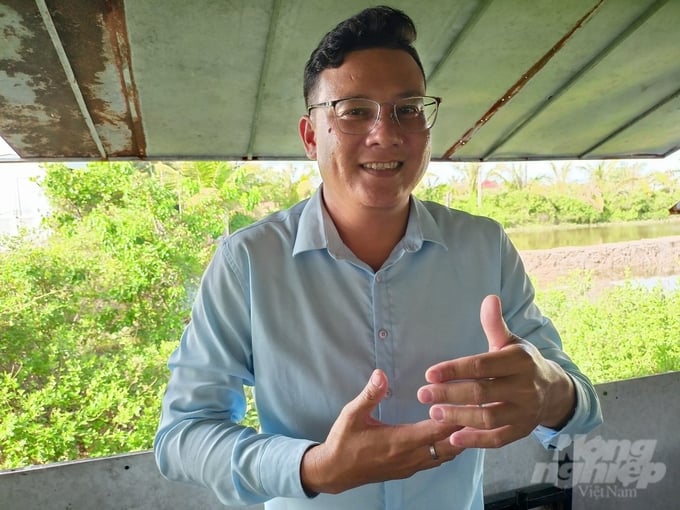
Tiet Huu Thanh, a forest protection officer in Dat Mui, Ngoc Hien district. Photo: Trong Linh.
According to Tiet Huu Thanh, a forest protection officer in Dat Mui, Ngoc Hien district, the mangrove forests in Ca Mau possess significant ecological value, playing a crucial role in soil protection, wind resistance, and erosion prevention. The Ca Mau mangrove ecosystem is essential for maintaining ecological balance and preserving water quality through various functions, such as retaining soil, alluvium, and organic matter, as well as filtering pollutants via vegetation and sedimentation processes.
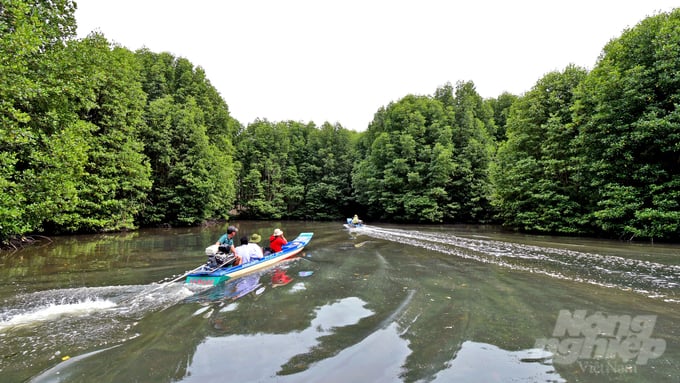
The mangrove ecosystem also allows local residents to generate income through eco-tourism and community-based tourism ventures. Photo: Trong Linh.
Under the influence of large river currents, which bring in clean, nutrient-rich water and the larvae of various aquatic species, nature has created a sustainable environment for the province's 280,000 hectares of aquaculture areas. According to Officer Thanh, this natural advantage not only helps maintain stable yields for the province's aquaculture strategy, thereby ensuring high efficiency and poverty reduction, but also highlights Mui Ca Mau's vast potential for eco-tourism, international cooperation, and scientific research.
Translated by Nguyen Hai Long

(VAN) 14 out of 35 domesticated elephants in Dak Lak province have had their living conditions improved, with 11 of them currently participating in the non-riding elephant tourism model.

(VAN) Muong Nhe Nature Reserve hopes that being upgraded to a national park will lay the foundation for forest protection efforts to be carried out in a systematic, modern, and sustainable manner.
/2025/05/16/3923-2-171845_52.jpg)
(VAN) Lower costs, higher yields, and improved soil quality are outstanding benefits that soybeans bring when integrated into the crop rotation system.
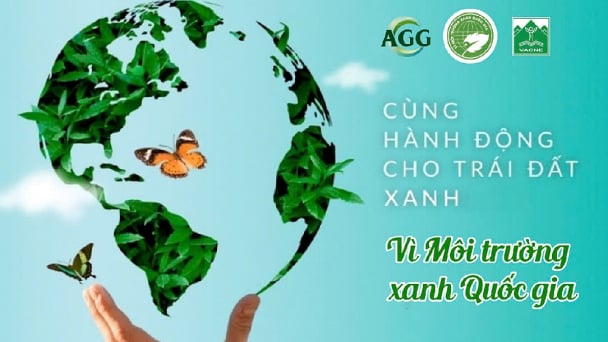
(VAN) The 'For a Green National Environment' programme aims to promote a green lifestyle, support businesses in implementing ESG practices, and turn Net Zero commitments into concrete actions.

(VAN) Cold-barn systems efficiently manage environmental and temperature conditions, which aids in the prevention of respiratory diseases in pigs and protects them from the vectors that transmit African swine fevers.
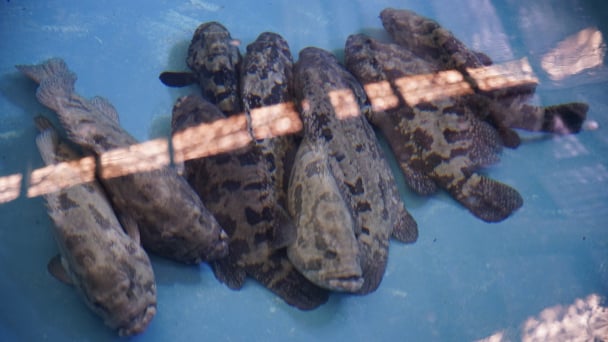
(VAN) To tackle challenges, the project 'Addressing key technical bottlenecks in the grouper supply chain in Vietnam' has been underway since 2024.
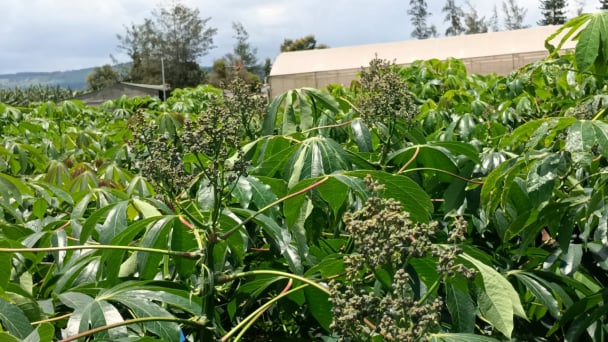
(VAN) The project 'Disease-Resilient and Sustainable Cassava Production Systems in the Mekong Region', funded by the Australian Center for International Agricultural Research (ACIAR), is being implemented from 2024 to 2028.